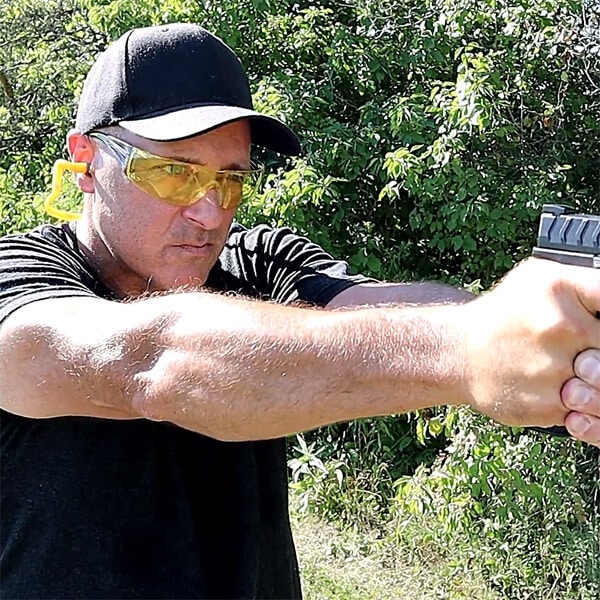I recently acquired a Springfield Armory XD in .40. I specifically chose this pistol because I understood the build quality and craftsmanship of the XD family of pistols. If any pistol could handle the additional power the .40 delivers, the Springfield XD .40 was up to the task.
Additionally, I’ve had an abundance of positive range experiences with the XD and XD-M handguns. They are some of the smoothest shooting pistols in the industry. There is just something about the trigger action and precise accuracy that makes range time so exciting.
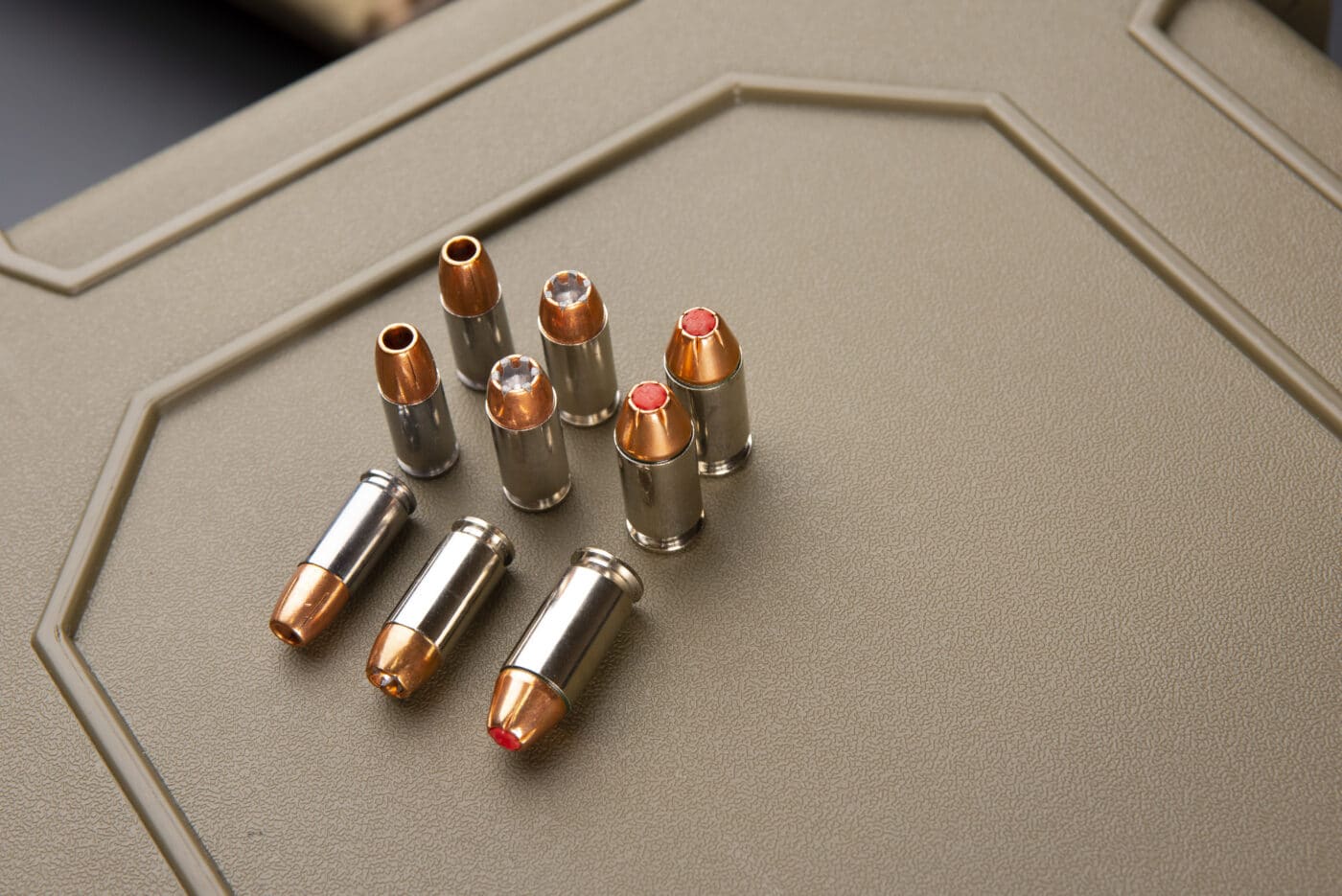
For me, the ballistically proven .40 coupled with the Springfield XD fits like peanut butter and jelly.
Is Everybody Else Wrong?
It would seem the consensus these days is that the .40 caliber round is dead, or at least on its way to extinction. Why is this so? Admittedly, the vast amount of current handgun purchases made are chambered in 9mm. Newer shooters enjoy the ease of shooting the low-recoiling 9mm round.
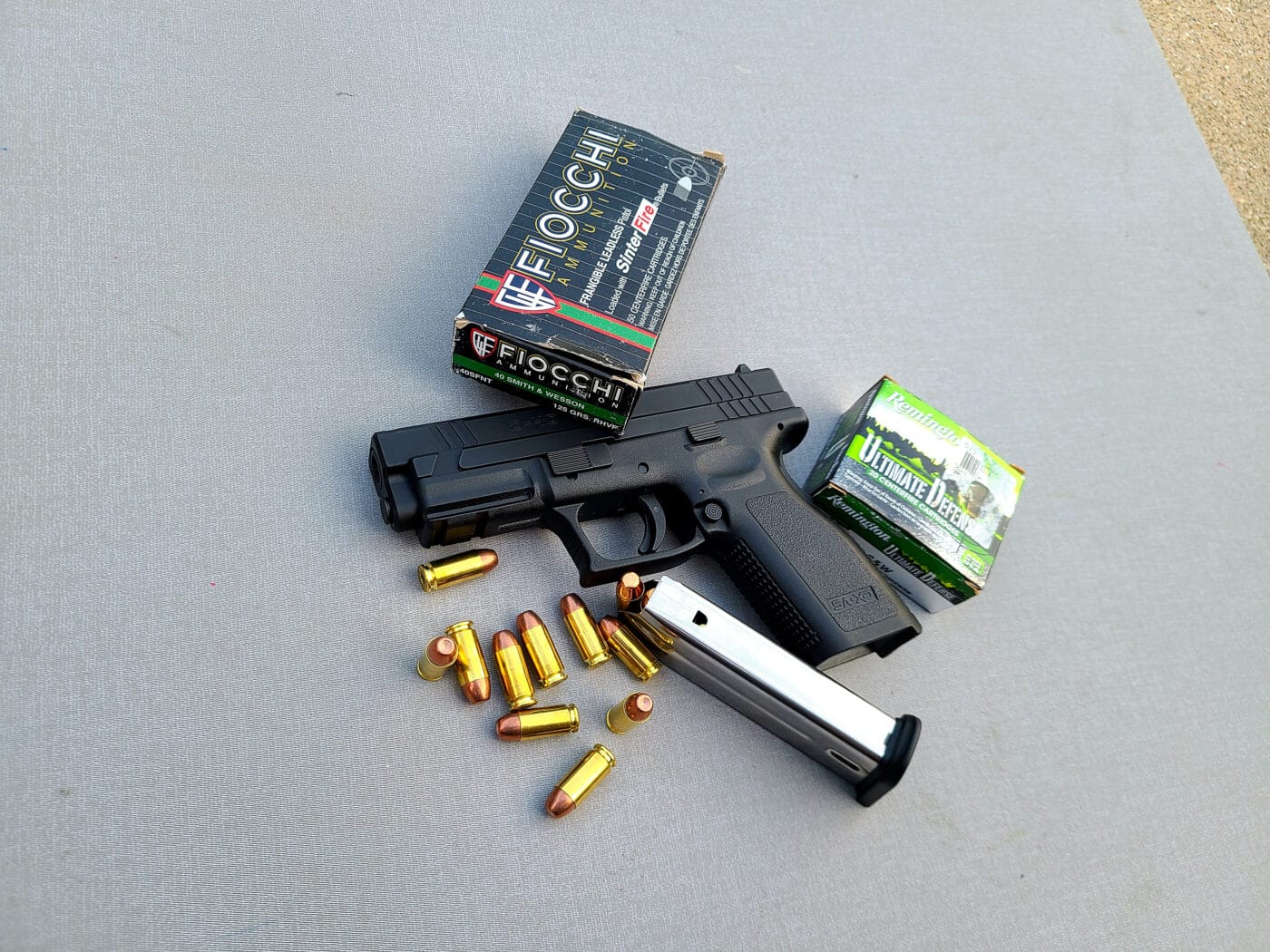
We are also living in a world of increased magazine capacity. The greatest method to increase the magazine capacity is to use one of the smaller defensive handgun rounds — the 9mm. As shooters seek easy shooting and increased magazine capacity, it is easy to understand why so many are choosing 9mm pistols. And if you truly want an amazing 9mm pistol with a 20-round mag, check out the Springfield XD-M Elite 4.5”. [Editor’s note: Springfield now offers a 35-round magazine for the XD-M Elite.] I have that handgun and cannot say enough positive points about it.
I have watched many law enforcement agencies move away from .40 in favor of 9mm. They claim the additional rounds packed into the 9mm magazine is advantageous. Is switching from .40 to 9mm a good move? Only time will tell. However, the police officers I know personally do not like the idea of being “under-gunned” with a weaker round.
Another Take
Years back, the .40 round was considered the perfect balance between 9mm and .45 ACP. Looking at the cost of a 50 round box of .40 target loads, it falls directly between 9mm and .45 ACP.
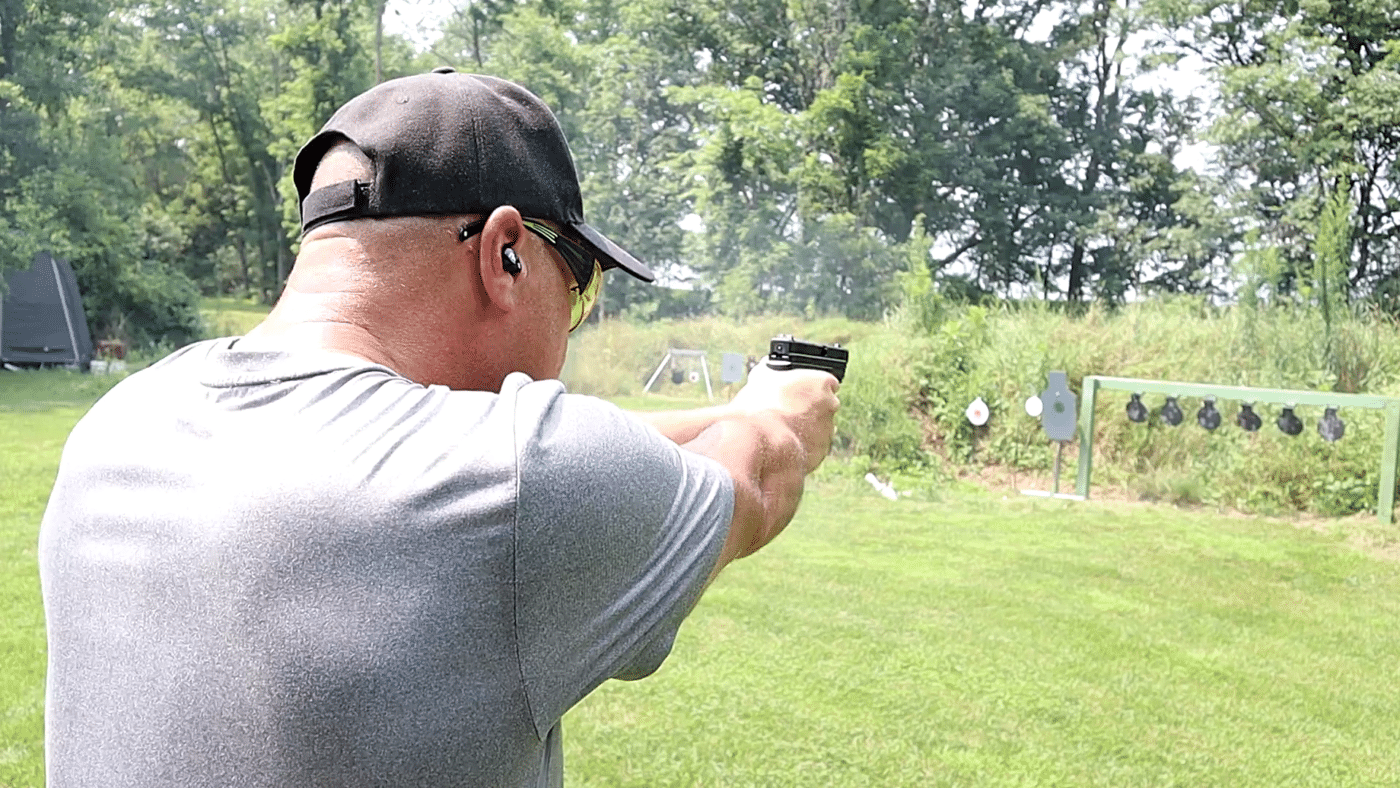
Prior to the ammunition shortage, one would expect to pay between $18 to $20 for a box of 50. The price reflects middle ground between the average $11 to $14 for 9mm and $20 to $25 for .45 ACP.
The size of the bullet is “in-between” as well. A standard .40 bullet (target or self-defense) is 180 grains. Considering that a standard 9mm round is 115 grains and .45 ACP is typically 230 grains, the .40 S&W fits perfectly between the two.
How about magazine capacity? Let’s take a look to see if .40 is balanced between 9mm and .45 ACP. It is true that 9mm offers approximately two to four more rounds in a standard duty-size magazine. It is also true that .40 offers two to four more rounds than a standard duty-size magazine compared to .45 ACP.
Does higher magazine capacity equate to potentially greater stopping power? Perhaps so. However, shot placement and size of the bullet is often considered the greatest measure of stopping power. In that case, the .40 is standing on strong “stopping power” ground, along with a good amount of capacity.
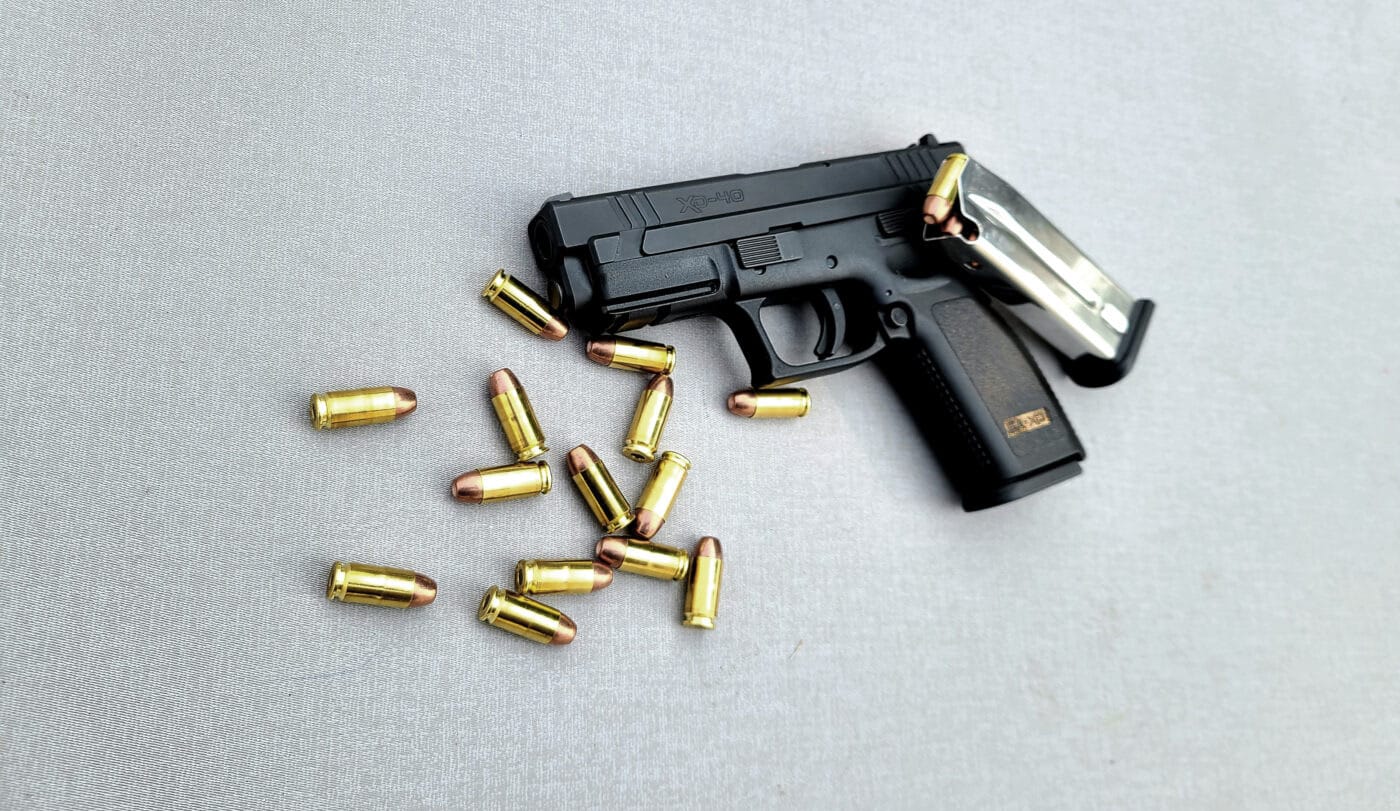
Using the most common bullet weights for the 9mm (115 grain), .40 (180 grain) and .45 ACP (230 grain), we will see how well the .40 compares. In terms of kinetic energy (foot-pounds), the .40 outperforms both the 9mm and .45 ACP. The 9mm round measures at about 422 ft.-lbs. and the .45 ACP is at 438 ft.-lbs. The kinetic energy for the .40 measures an impressive 467 ft.-lbs. The .40 out-punches both the 9mm and .45 ACP with its kinetic energy.
In terms of velocity and penetration, the .40 falls directly between the 9mm and .45 ACP in both categories. A 115-gr. 9mm travels at 1,285 fps. A 180-gr. .40 moves at 1,081 fps and the .45 ACP is a bit slower at 927 fps.
Under Control
Several shooters consider the .40 a “snappy” round. They claim the additional recoil of the .40 is more than they are willing to bear. This is where I draw the line in favor of .40. Every round that is heavier with increased power will add some recoil. It’s a fact of life that most of us learned when we began shooting firearms. We also learned that practice was required for shooting proficiency. With a firm grip on the pistol, I find that shooting .40 is as smooth and accurate with the advantage of a heavier bullet headed downrange.
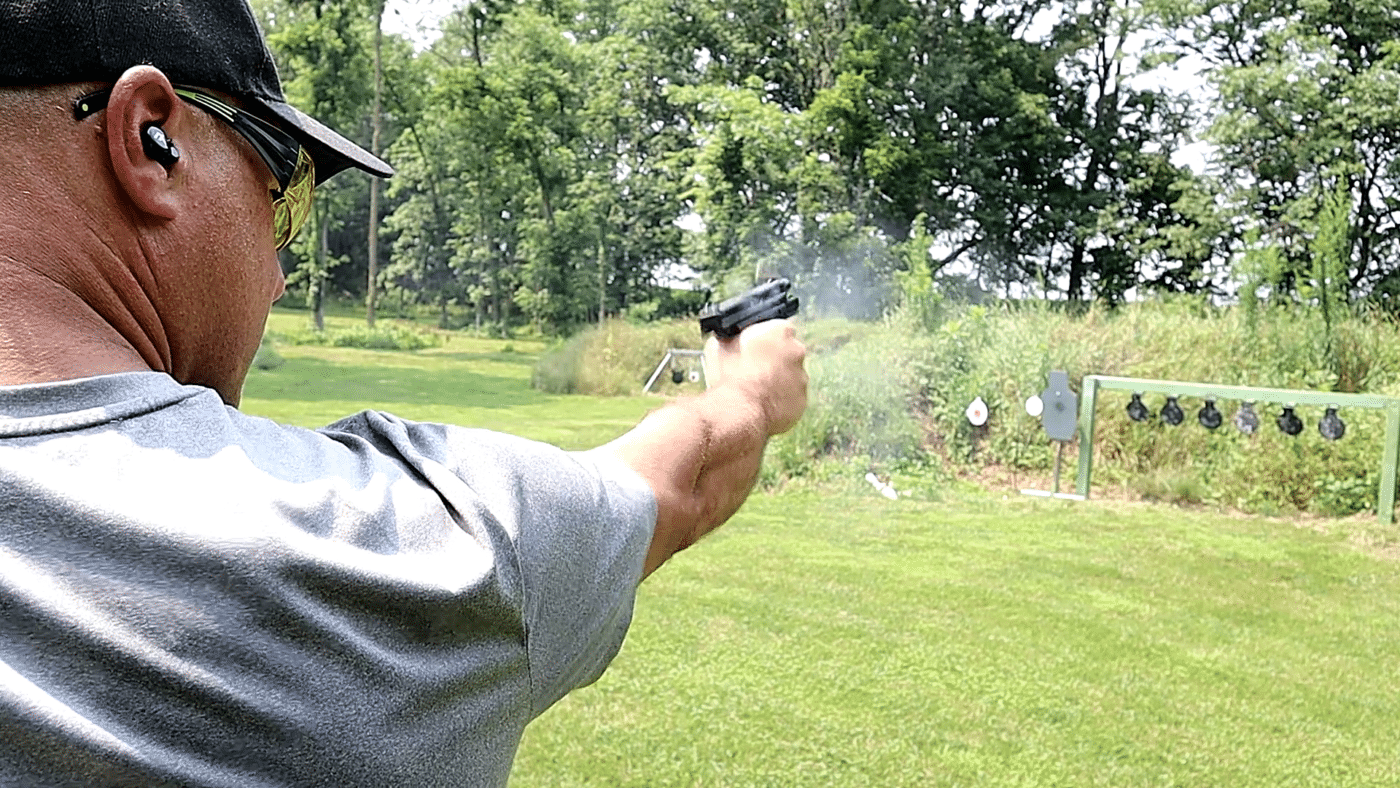
I believe that seasoned shooters have the experience to manage .40 quite easily. The .40 was never developed with sub-compact pistols in mind. I will agree that the recoil is much greater in a small 20-oz. handgun. However, the Springfield XD Service Model in .40 with a 4” barrel manages the recoil incredibly well. Its loaded weight is 36 oz.
Considering the size and weight of the pistol, this .40 is a breeze to shoot. Additionally, the XD in .40 uses a tight, dual recoil spring that reduces the recoil substantially. It gives the 9mm feeling with the advantage of the heavier .40 round.
It is also worth mentioning that .40 ammunition is typically more available to purchase than 9mm and .45 ACP. This is most noticeable during ammo shortages. The fact is the demand for 9mm and .45 ACP is greater than .40. Even in our current ammunition shortage, I see .40 available.
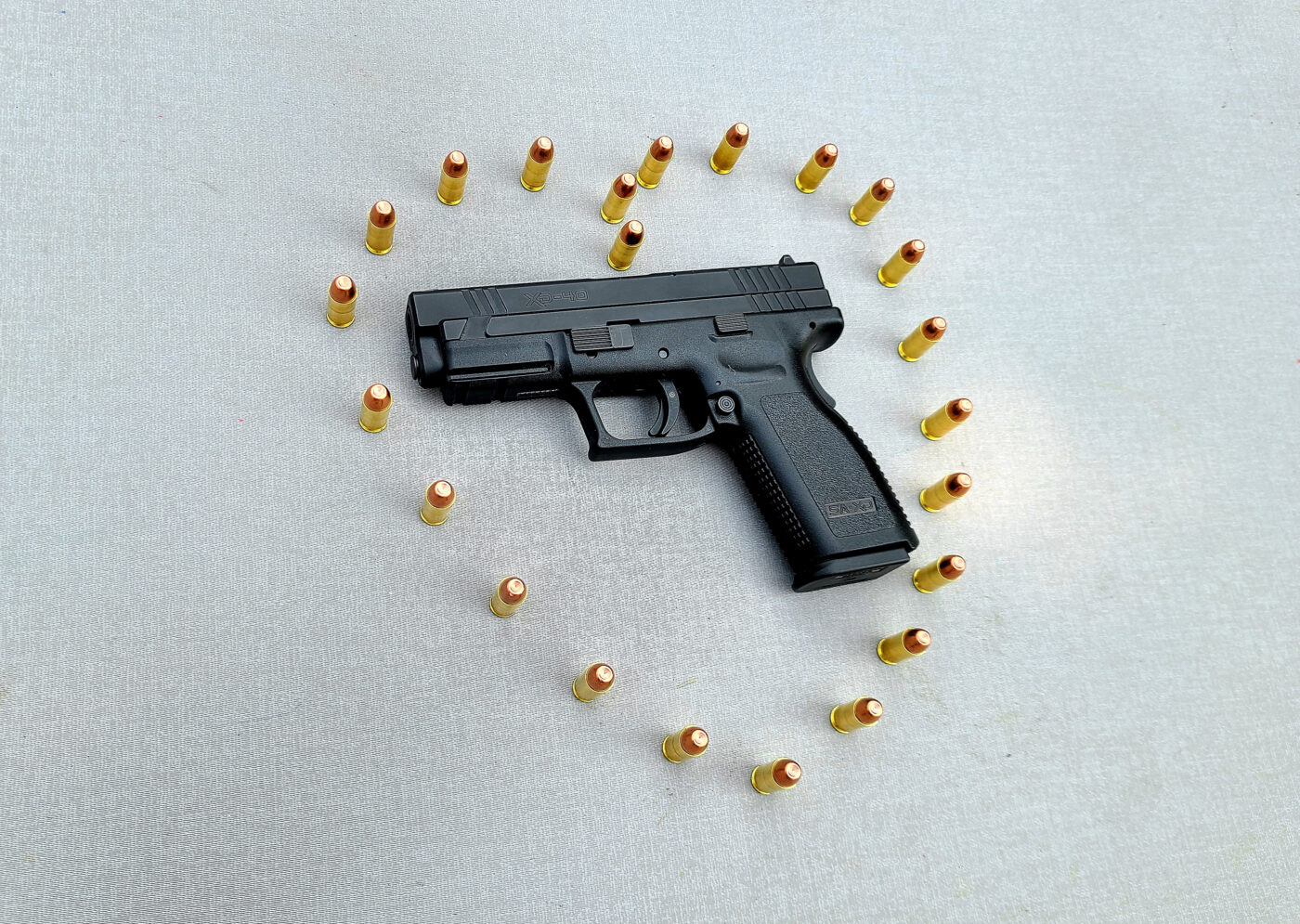
Some may see this point as no big deal but I see it as a huge deal. Throughout my life, I have learned that if a mass amount of people are turning left, I should turn right. I feel the same way about the .40 round.
Final Thoughts
I believe the case made in terms of ballistic performance for the .40 S&W was strong. Let’s face it, the .40 is a phenomenal round. As some shooters are moving away from the .40, I say it’s time to jump back in. For those looking for a perfect balance between the 9mm and .45 ACP, look no further than the .40 S&W. It just may deliver everything you are looking for.
Editor’s Note: Please be sure to check out The Armory Life Forum, where you can comment about our daily articles, as well as just talk guns and gear. Click the “Go To Forum Thread” link below to jump in and discuss this article and much more!
Join the Discussion
Continue Reading
Did you enjoy this video?

 404
404





